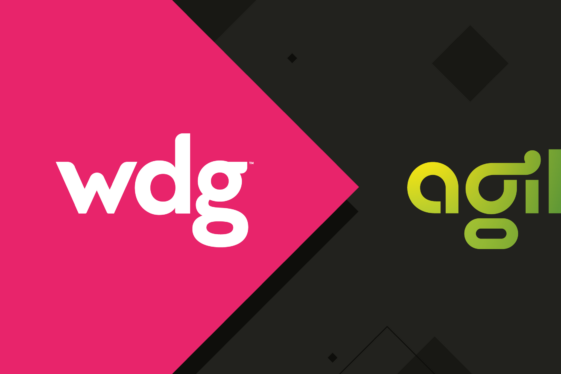Must-Have Drupal Terms
When I first started to learn Drupal the hardest for me was the terminology. I have moved on and I work with clients strategize and decide what content management system is best for them. When I start explaining the advantages or disadvantages of Drupal for a particular project and I used words such as Node, Block and Region, I get the crazy eye look so hopefully an explanation of what the basic terms mean can help you better understand me.
Simple Drupal Terms:
Once you have your site setup, you’ll notice that it doesn’t do much. Unlike WordPress, you don’t get much out of the box when it comes to Drupal. Let’s go over some simple terms that will help you understand how Drupal works.
- Node – All content on a Drupal website is stored and treated as “nodes”. A node is any piece of content, such as a page, poll, article, forum topic, or blog entry.
- Content Type – Content Types are part of the structure of Drupal and layout how you define how pieces of content will be organized throughout the site. For example, blog posts, videos, status reports, etc. can all be defined as content types on your site. Each node belongs to a content type.
- Module – modules are a way of extending Drupal’s functionality. Think of it as little add-ons that that improve the flexibility of the site, however you only install what you need. This is both a burden and a curse. On one side, it can become very tedious to install every module you need each time you set up a site. On the other hand, it keeps your site very lean and keeps you from having extra stuff that will slow your site down.
- Views – views are a way of aggregating content types or specific fields of a content type. For example, say I have a general “Post” content type that includes the fields a) Name b) Time c) Header d) Image e) Body. Say I have 100 separate “Posts” and want a way to build a preview like page that gives users a snippet of what each post is about. Using Views I can tell Drupal – show only fields A, C and D. And when they click on any of these fields, it will take the user to the actual node and show all the fields. Views also allows you to set a path and a page but we’ll get into that later.
- Block – Blocks can be static content, an extension of a module, a view, etc. They are used to display content on certain sections of a page. For example, if you wanted to show the most recent comments that were posted on you site in the top right of the page. You could create a view that is a block that would display on every page of your site in that spot.
- Region – Drupal’s layout is defined by regions. For example, header, footer, content top etc. You can define regions in your theme.
- Theme – themes allow you to change the look and feel of your site.
Drupal is harder to understand then CMS’s such as WordPress and unlike WordPress, you don’t get much out of the box with Drupal which is why the basic terms used for the Drupal framework is important to understand.
If you are looking for a DC Drupal Development Company feel free to contact our DC and Virginia Drupal Developers by sending us an email to [email protected] or visit our contact us page.

